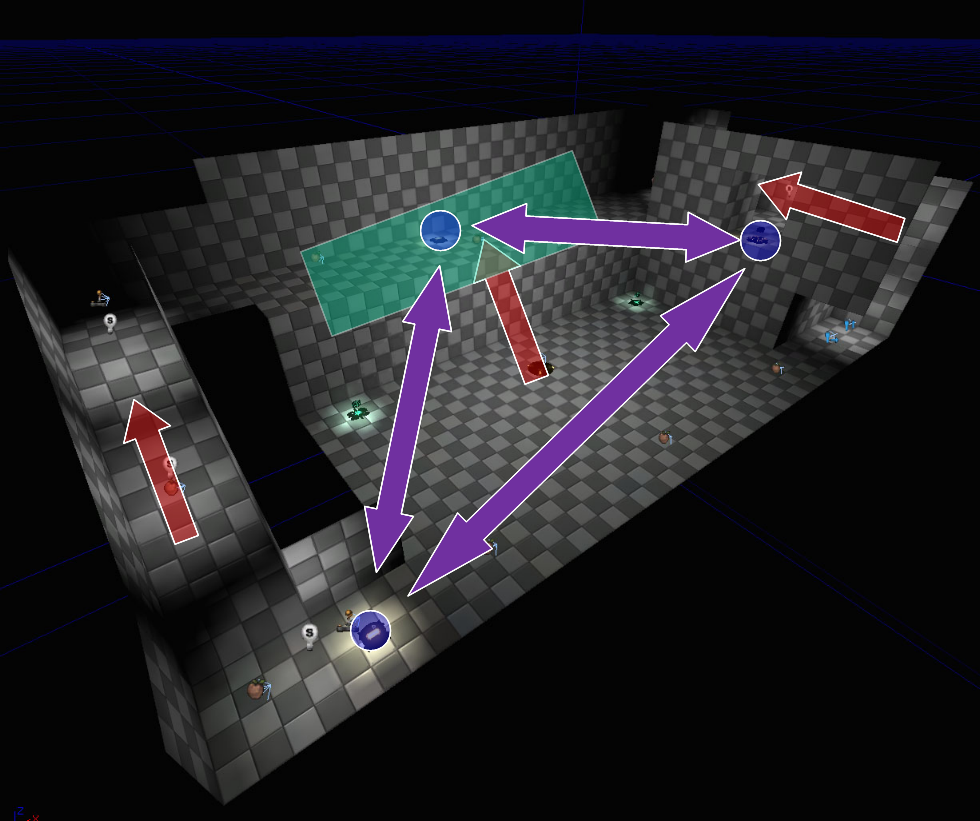A game engine is a visual development tool which is used in
developing video games ins “data driven manner.” These days games engine are
typically developed by game developers to meet specific requirements that they
would need in their project.
The game engine plays a vital role in bringing together the
technology and Art; engines are becoming more and more user friendly so artists
can take advantage to produce compelling content for games and at the same time
the programmers are constantly enhancing the technology. One of the best
examples is Dead Space. This gripping Sci-fi horror developed by EA was made
specifically to compute a range of dynamic lights simultaneously so they
introduced a deferred lighting system which changed the feel of the game in how
areas are lit.
One of the most recently popular engines was the
Cry engine which was made to develop their trophy game Crysis ( back in 2007)and this engine
was to be able to run a game that will test the newest hardware from nvidia and set a
new bench mark and real time graphics.
Game engines are constantly pushing the barrier in delivering
real time content. This is solely because these engines are usually developed
in-house and so they can tailor each engine to their specific needs so for
example if a studio only does racing games then their focus would be different
from a developer that develops a role playing game so they don’t have to
incorporate technology they would not use and this will save a lot of time and
also cost effective. It is cost effective mainly because I guess they own that
technology where as if they had used an engine like unreal or Cry engine they
would most definitely have to pay for the license. The downside is that this
would mean that the developer will have to make their entire engine from
scratch and would typically require large development cost so although it seems
like a good idea to make your engine it isn’t very practical especially for a
small developer or an indie game developer so they are better off using established
engines such as the unreal engine. An established engine will usually have a
good support team and tutorials to achieve the desired effects. Of course if
you were developing the next anticipated Triple A title the chances are you
would want to create your own engine
Sound in Games
Sound in Games
Sound in Games was always part of the gaming experience as I
still remember the 8 bit tune from Contra. Music in video games evolved in
almost the same rate as the complexity of these games. Sounds in games from 90s
often had a very distinctive beat and this was mostly due to the limitation of the
8 bit, however this meant composers really had to be specific with the notes as
the tunes had to be simple yet memorable so it is no surprise that we can still
remember the Supermario or the Zelda tune.
The Sound design plays and important role is setting the
mood and convincing specific emoting through music, however sound design doesn’t
have to be just about the background scores; its all the little things that
makes the experience worthwhile such the subtle footsteps when walking or the rustling
of the leaves in the wind, or the complete silence which makes your sit with
discomfort or the satisfying sounds of firearms which makes each kill
worthwhile.
The modern day sound design is much more complex and it is
once again no surprise as it was only a matter of time that games caught up to
their neighbours in the entertainment business; films. Much like films games are becoming more and
more immersive and consequently the production values are getting higher and
higher which means one guy making up stories inside his bedroom in his free
time doesn’t quite cut it! So everything is becoming more specialised so when
it comes to sound design the game industry needs some hard labour from
Hollywood and big budget composers such as Hans Zimmer for their Triple AAA
titles.

































